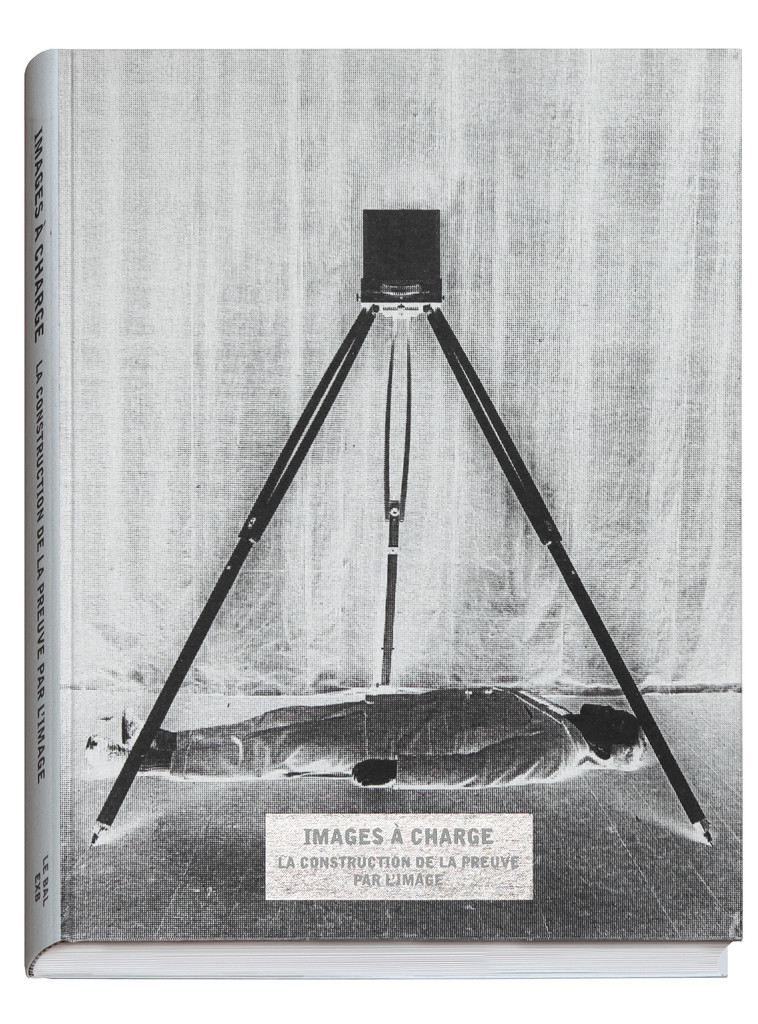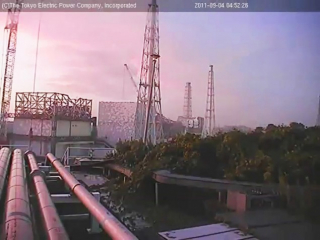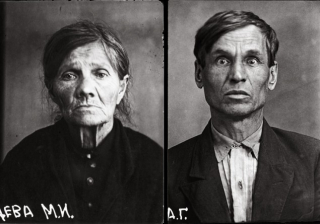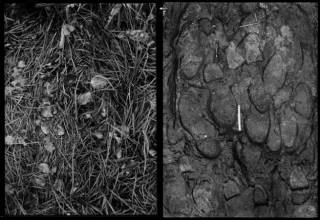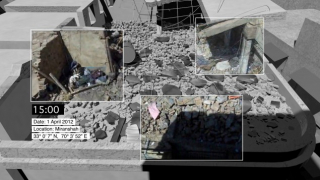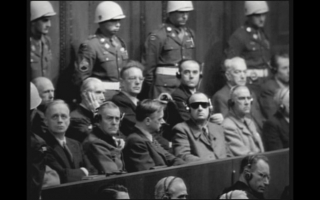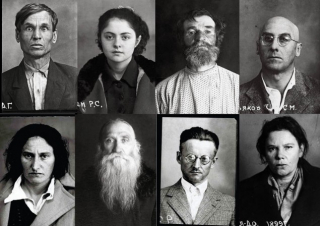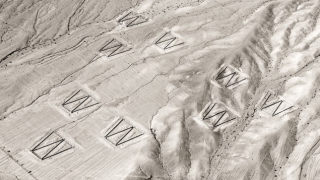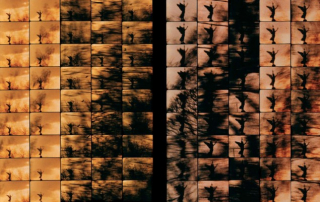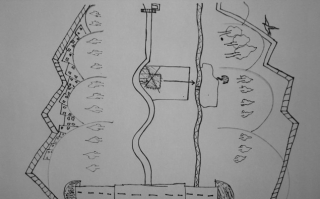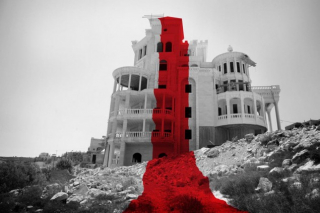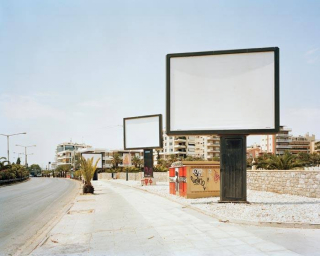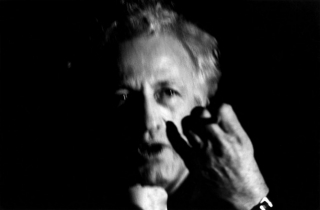Images of Conviction
The exhibition examines the way experts, researchers and historians produce images as evidence in instances of crimes or acts of violence suffered by individuals or groups.
Eleven cases are presented, spanning the period from the invention by Alphonse Bertillon of "metric" photography of crime scenes in the nineteenth century to the reconstruction of a drone attack in Pakistan in 2012.
Photography reveals, records, validates, certifies.
Coming not long after the invention of the medium, everyday use of photographs in the courtroom made the image's power as truth an essential tool of conviction in the service of justice. But what can we really learn from what we see in an image ? As we know, the image reveals, but it also simultaneously concels, providing misleading, truncated or partial clues to what took place. More than any other, the criminal act stands revealed as opaque, defying description or representation. Into the substance of the image are etched a host of clear indicators along with other, imprecises ones : significant detail is mixed with illusion.
Thus the image is always in itself an enigma, demanding that we articulate what it really shows.
The task of the experts then, is to construct an image system, an artifice capable of revealing the image's substance-its inner truth. Richard Helmer overlays the images of the skull and the faces of Josef Mengele, the Gaza « Book of Destruction » inventories the buildings destroyed in Gaza, in 2009. The aim of the visual system is to show which, in theory, cannot e seen. It makes the invisible visible, according to Rodolphe A. Reiss. Paradoxically, the objective character of the forensic image is something that is worked on and constructed. To be effective, the system must do away with the expert's view.
The disappearance of the expert as author : this is the price to be paid for the image to become acceptable as evidence.
This seeming absence of style constitutes a style in itself. The production of a visually neutral form is a stylistic exercise. In another paradox, the image produced often masks the personal dimension of the crime, despite the fact that the purpose of the image is to identify the victim and the perpetrator. Bertillon's photos as a rule adopt a supra-human point of view to take the crime scene in its entirety. The accumulation of portraits of the victimes of the Great Terror reveals the sheer extent of a stage crime.
Getting at the truth, through, is a complex and perilous exercise, involving calculations of probability and margins of error.
The expert only comes up with fragile clues, a hypothetical scenario, scraps of the truth. In the final analysis, the ultimate validation of the image hinges on the word, on the rhetorical art of persuasion as practised in the forum of the courtroom.
To exhibit images of violence is to remove them from their habitual framework. Here we have tried to understand how, when and by whom they were produced, and to suggest a critical perspective on their status. For the investigator as for the viewer/reader, to implement a thought process through pictures is to open a window onto the truth. »
-Diane Dufour
A book to accompany the exhibition will be co-published in French and in English by Xavier Barral Editions and LE BAL with introductions by Diane Dufour, Eyal Weizman and Jennifer Mnookin.
Curator : Diane Dufour
Conceived with Luce Lebart, Christian Delage et Eyal Weizman and with the contribution of Jennifer L. Mnookin, Anthony Petiteau, Tomasz Kizny, Thomas Keenan, and Eric Stover. Produced by Cyril Delhomme, Émilie Hanmer, Alice Rivollier and Clément Poché. Scenography by l’Atelier Maciej Fiszer.
LE BAL is thankful to the Société Française de photographie, the musée de l'Armée, Forensic Architecture, La Préfecture de police de Paris, L'Institut de police scientifique et de criminologie de l'université de Lausanne, L'Institut catholique de Paris, Middle East Watch, Physicians for Human Rights, Daniel Blau Gallery, Krakow Photomonth Festival, Haus der Kultiren der Welt and the Southeastern Center for Contemporary Art.
Produced with The Photographers’ Gallery (London), exhibition October, 2 2015 -January 10, 2016 and the Nederlands Fotomuseum (Rotterdam), exhibition May 22 - August 28, 2016.
Materials and resources
Links
Share
Related
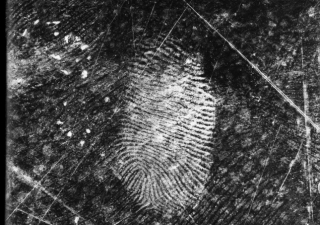
Modern forensic : the trace culture
Meeting with Luce Lebart and Pierre Margot
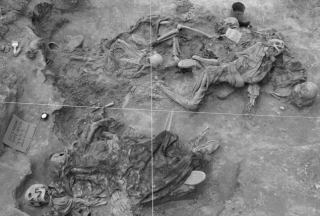
The destruction of Koreme, Iraqi Kurdistan
Discussion with Susan Meiselas and Diane Dufour
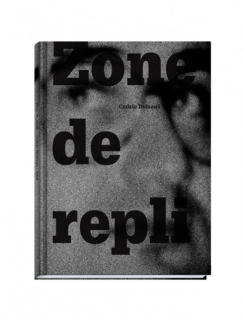
Rewind
Signatures by Cédric Delsaux, Christian Patterson, Stéphanie Solinas and Yury Toroptsov
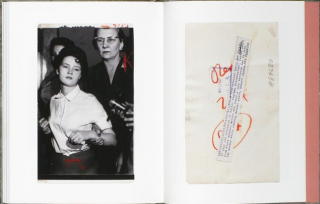
Rewind
Conversation with Cédric Delsaux, Christian Patterson, Stéphanie Solinas, Yury Toropstov
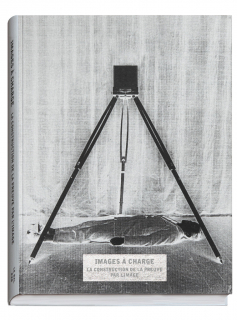
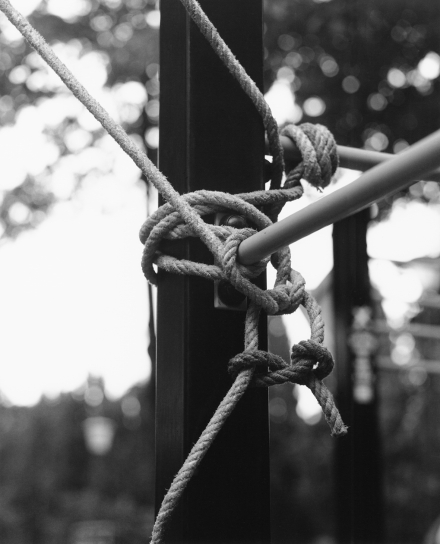
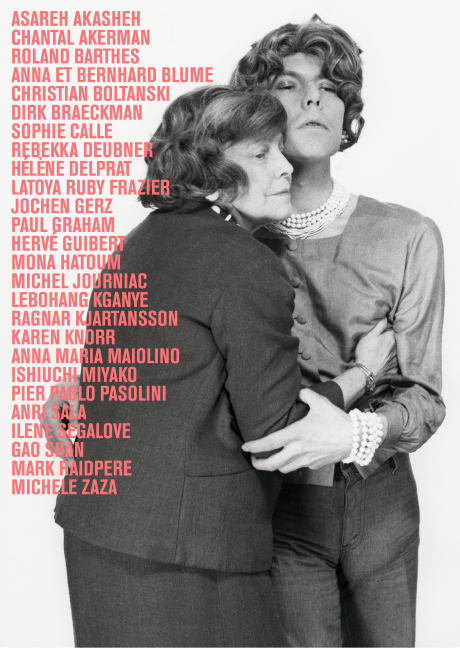
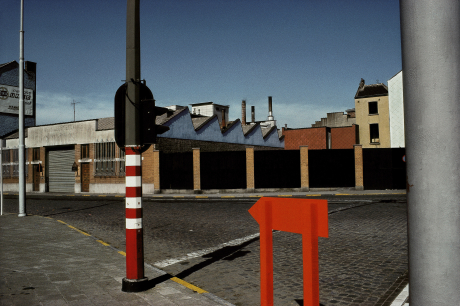
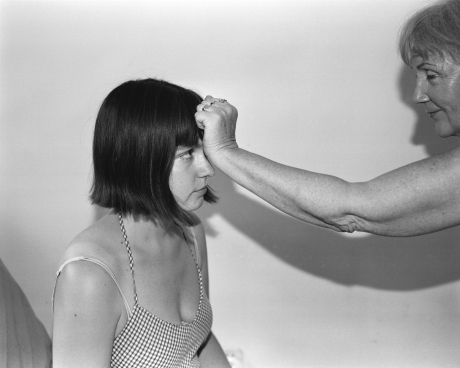
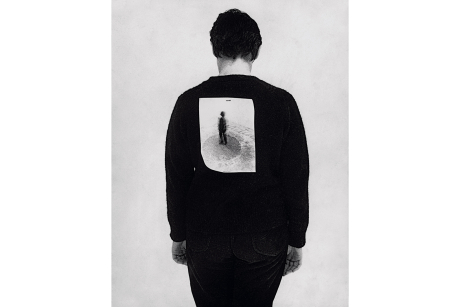
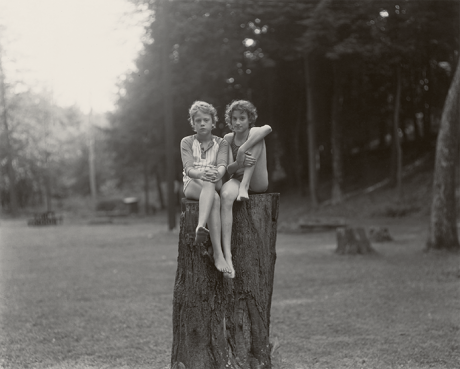
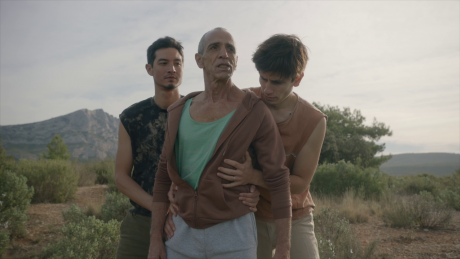
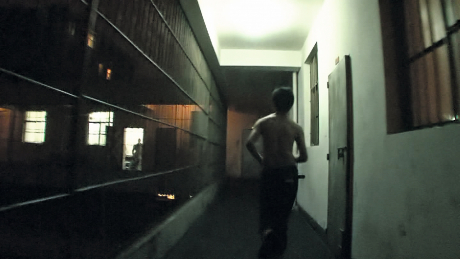
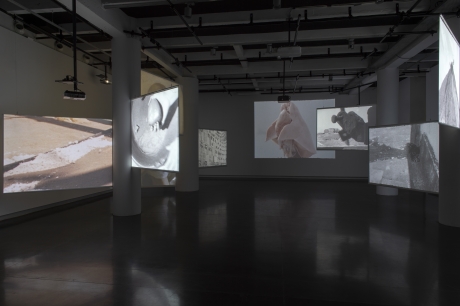
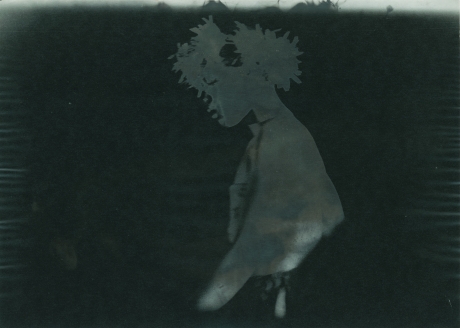
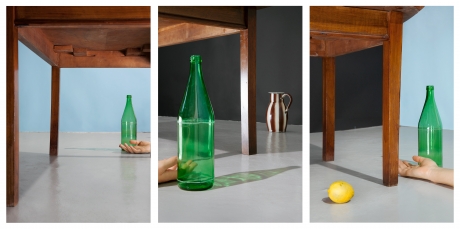
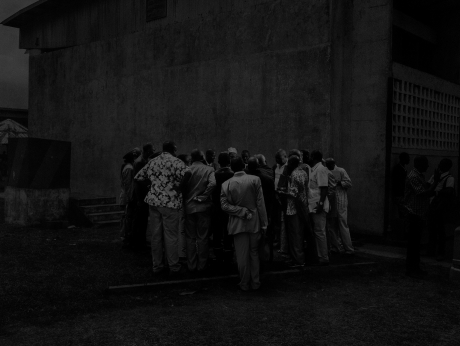
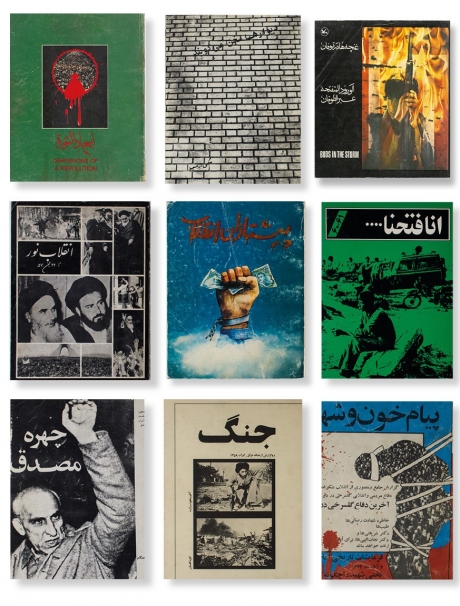
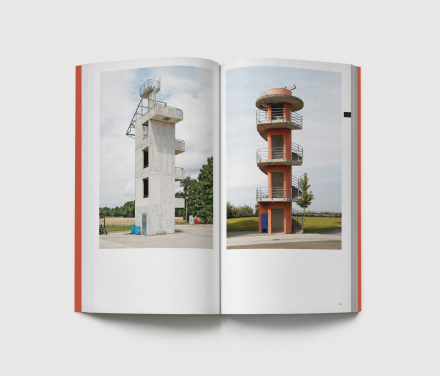
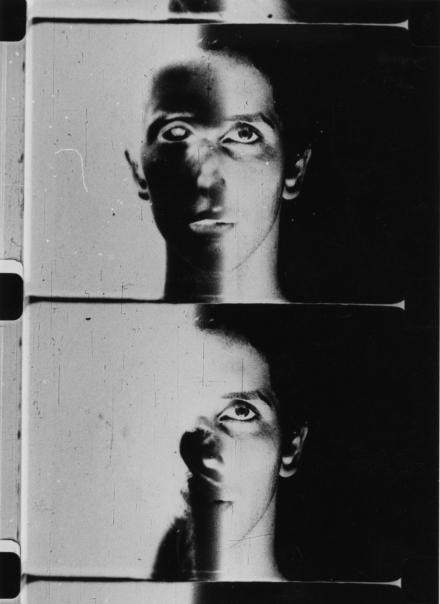
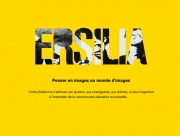
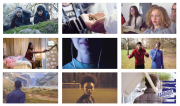
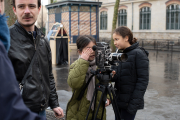
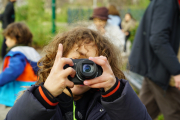
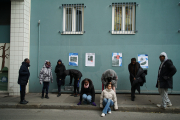
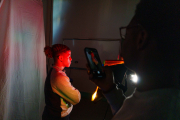
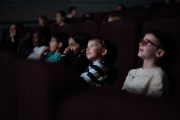
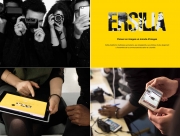
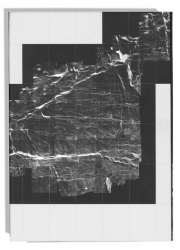
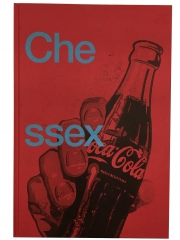
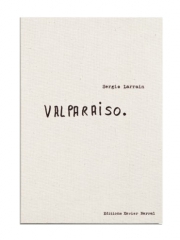
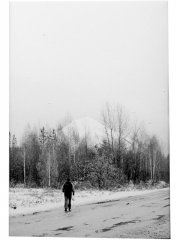
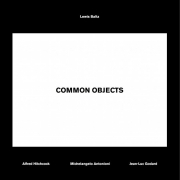
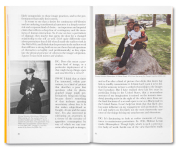
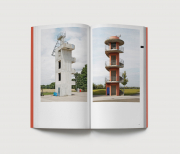
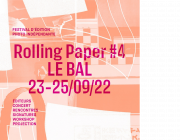
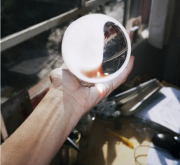
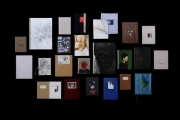
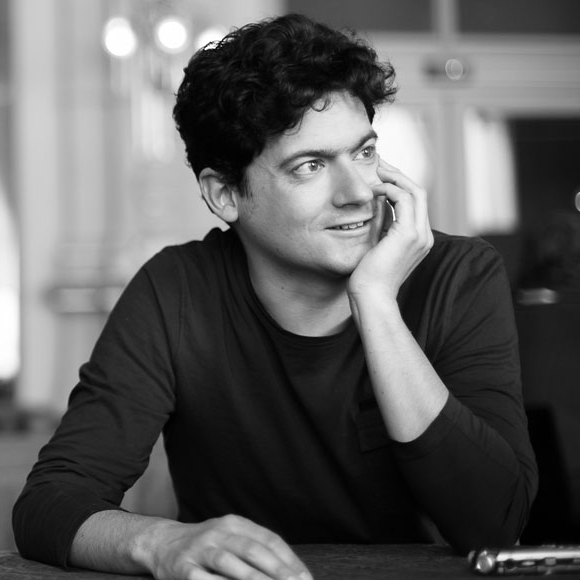
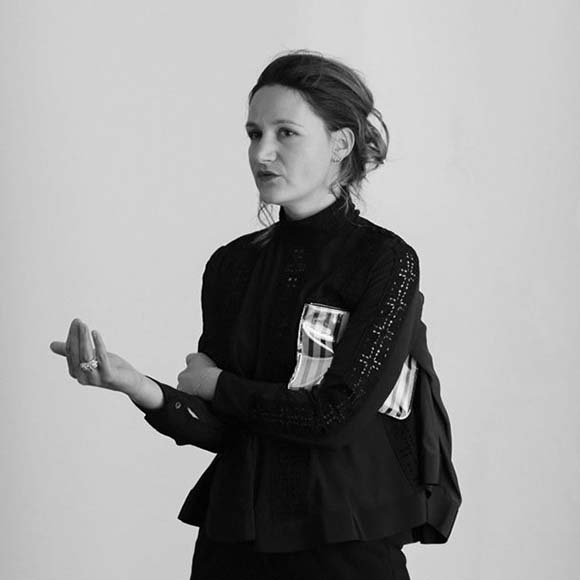
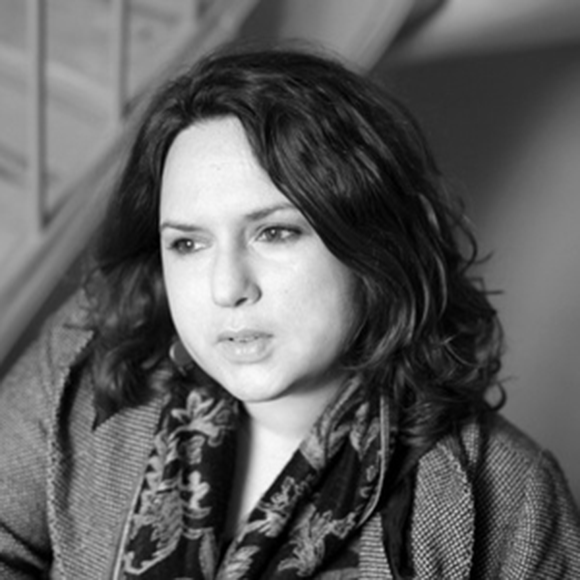
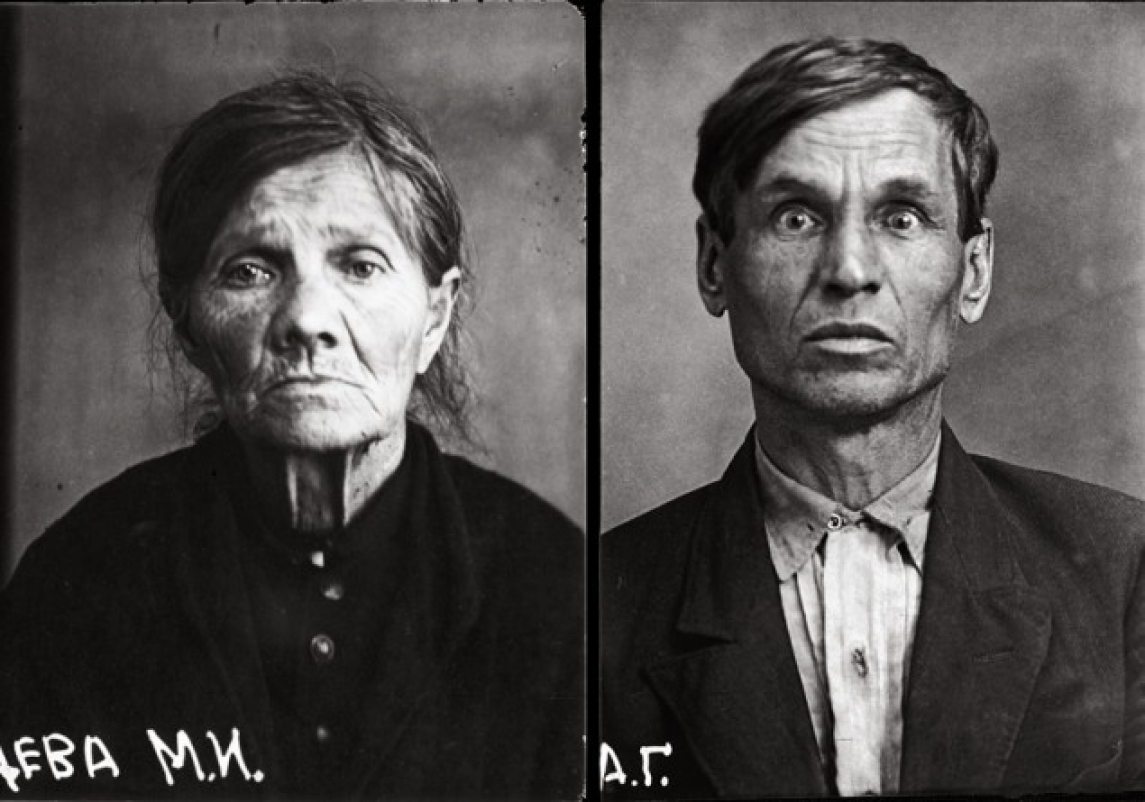
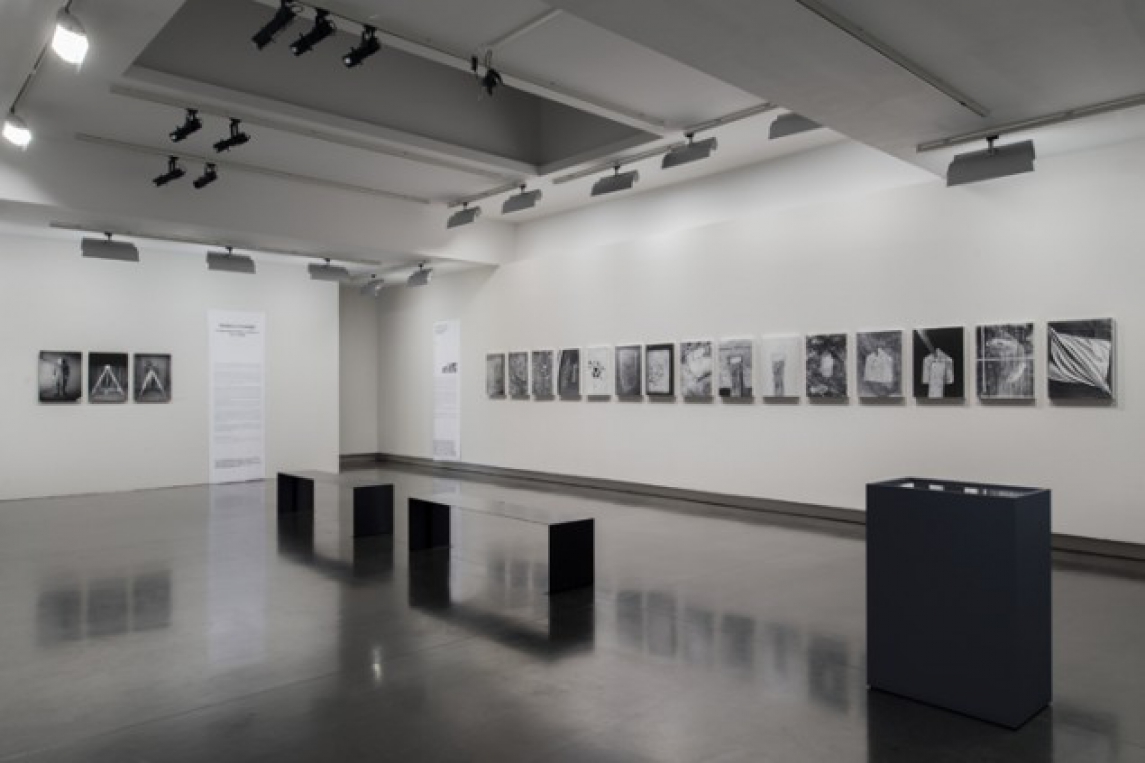
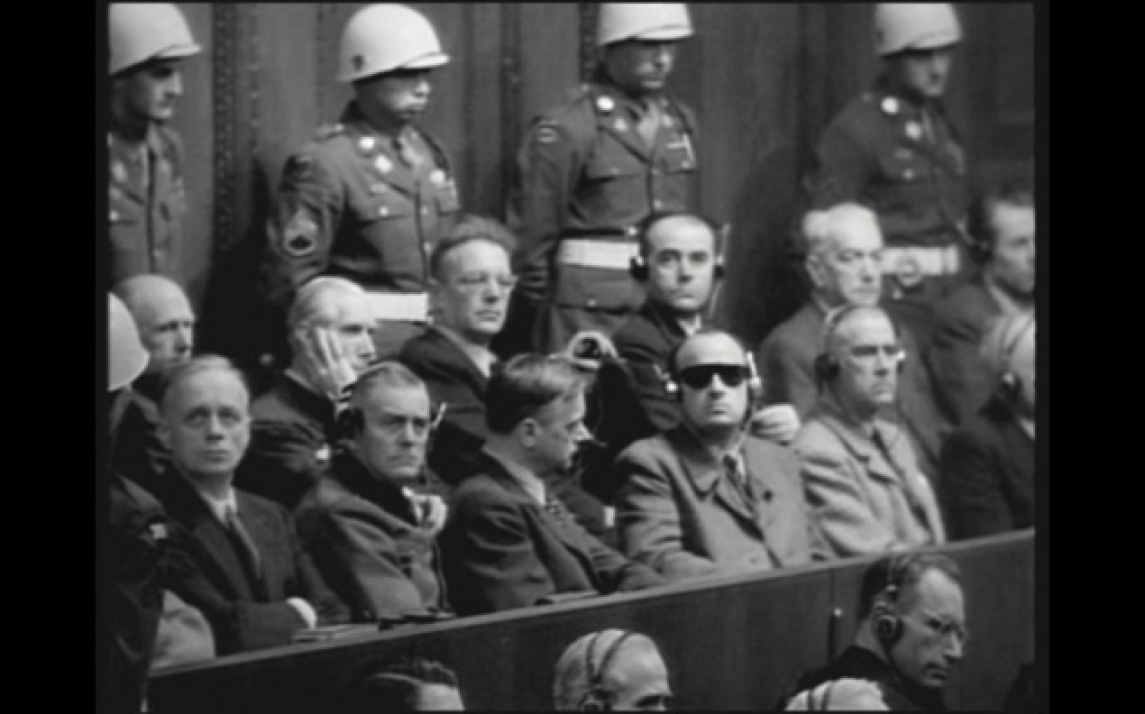
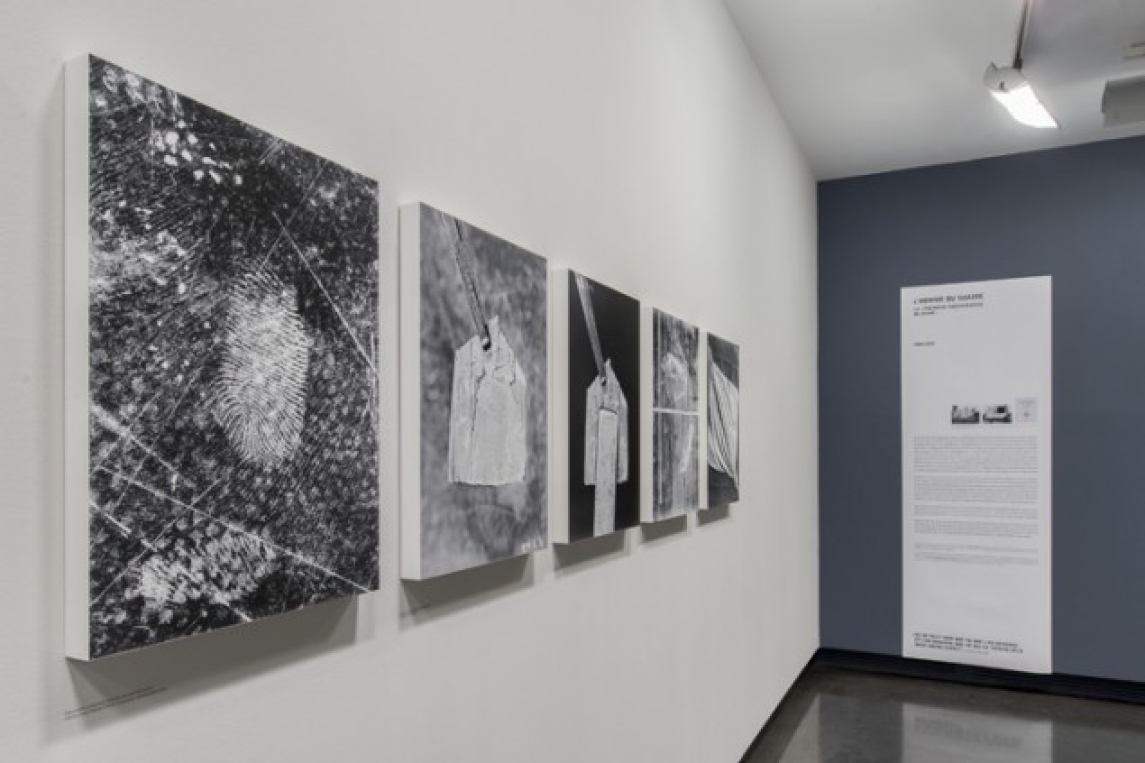
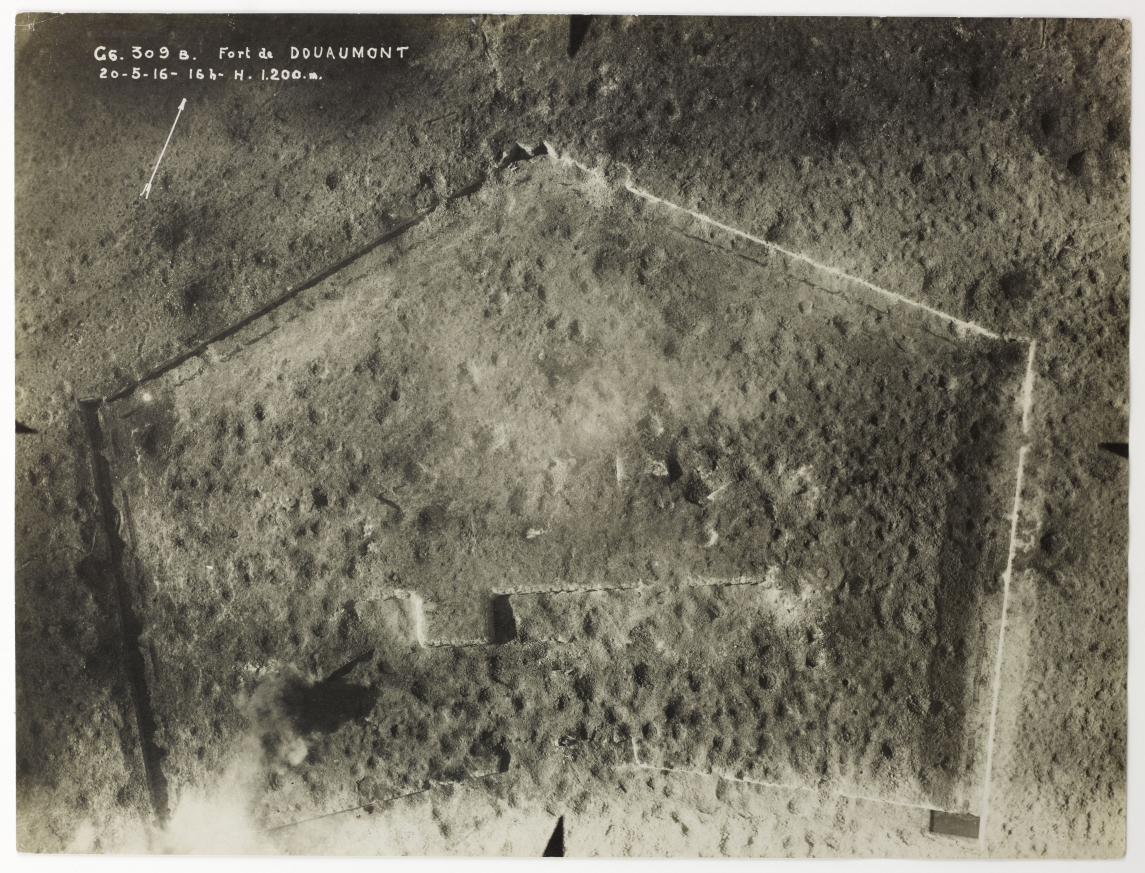
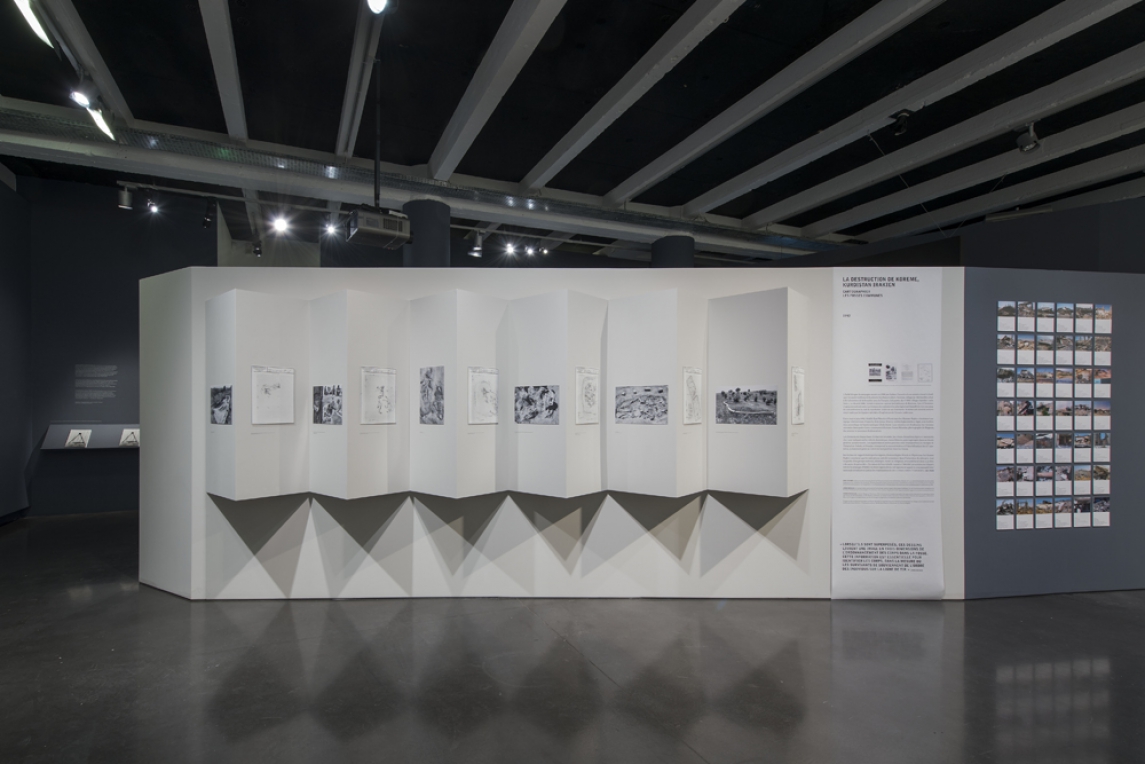
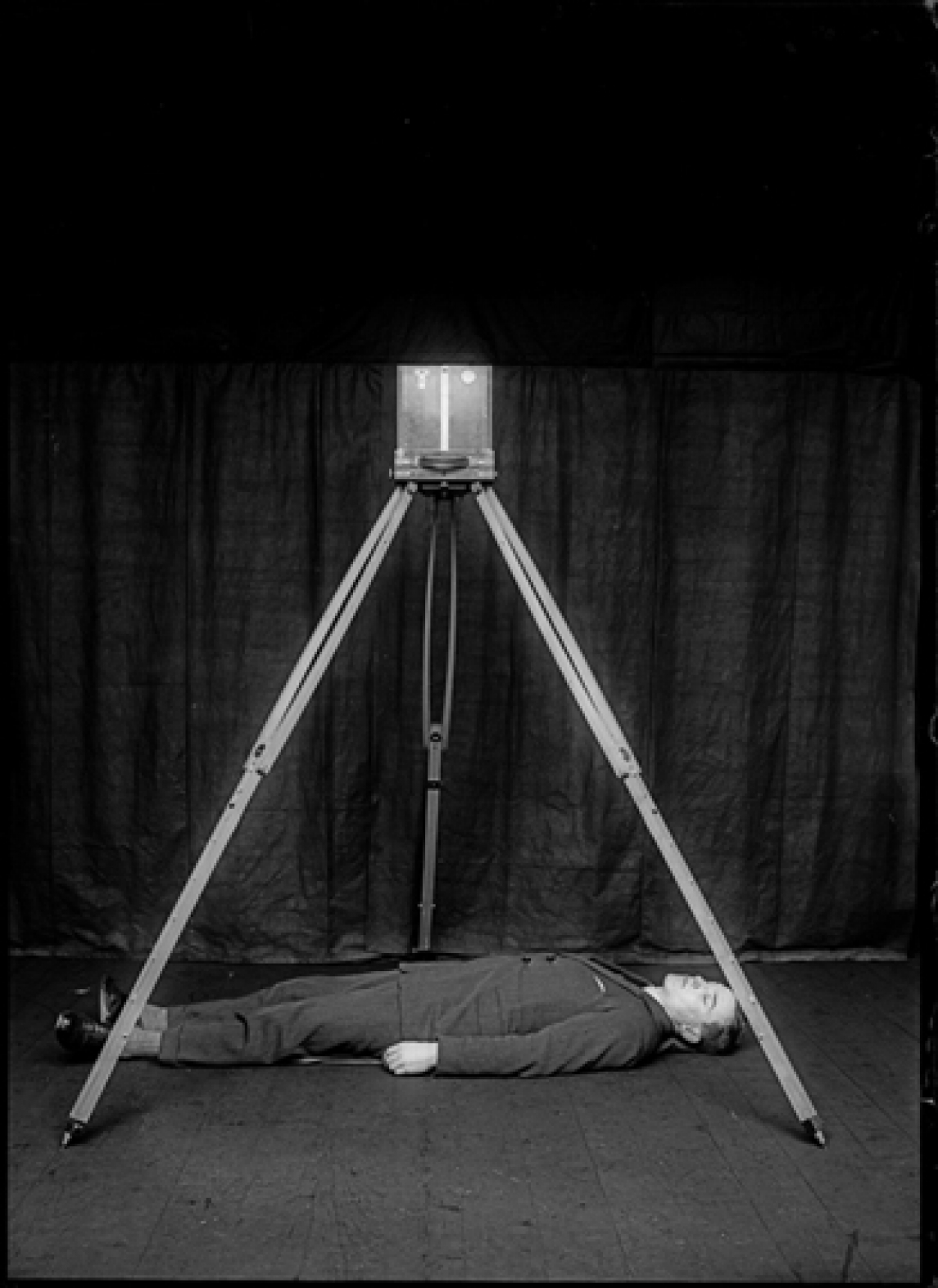
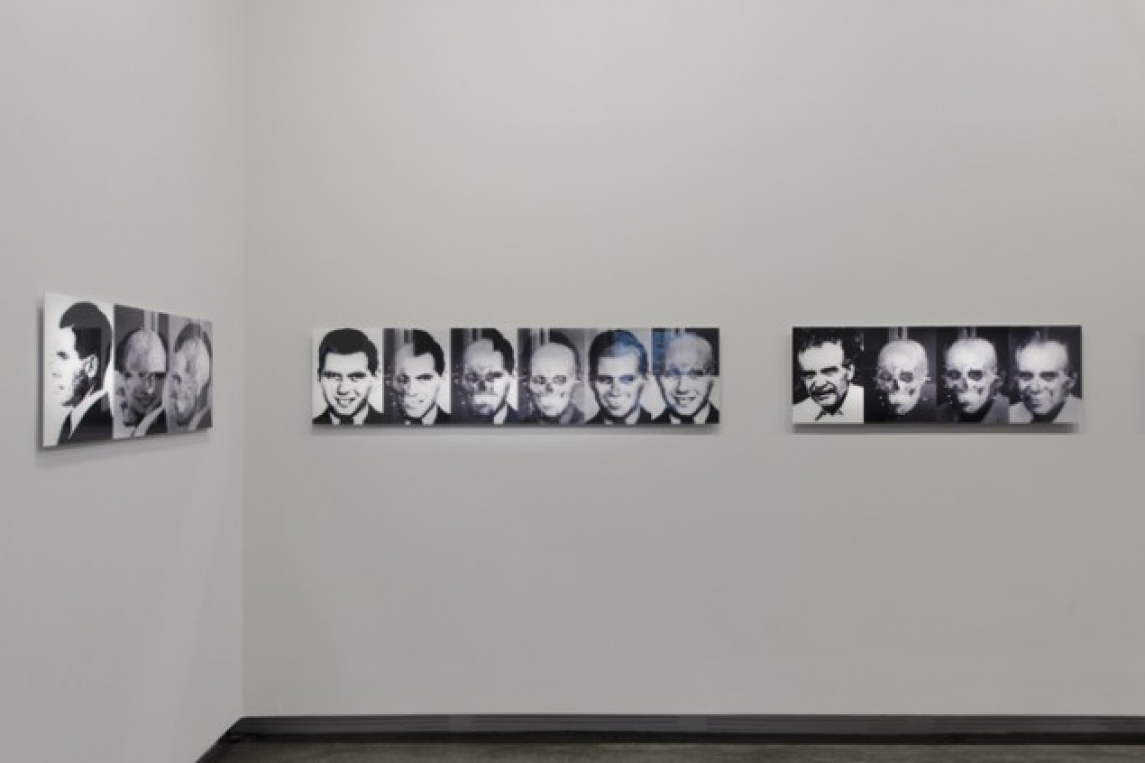
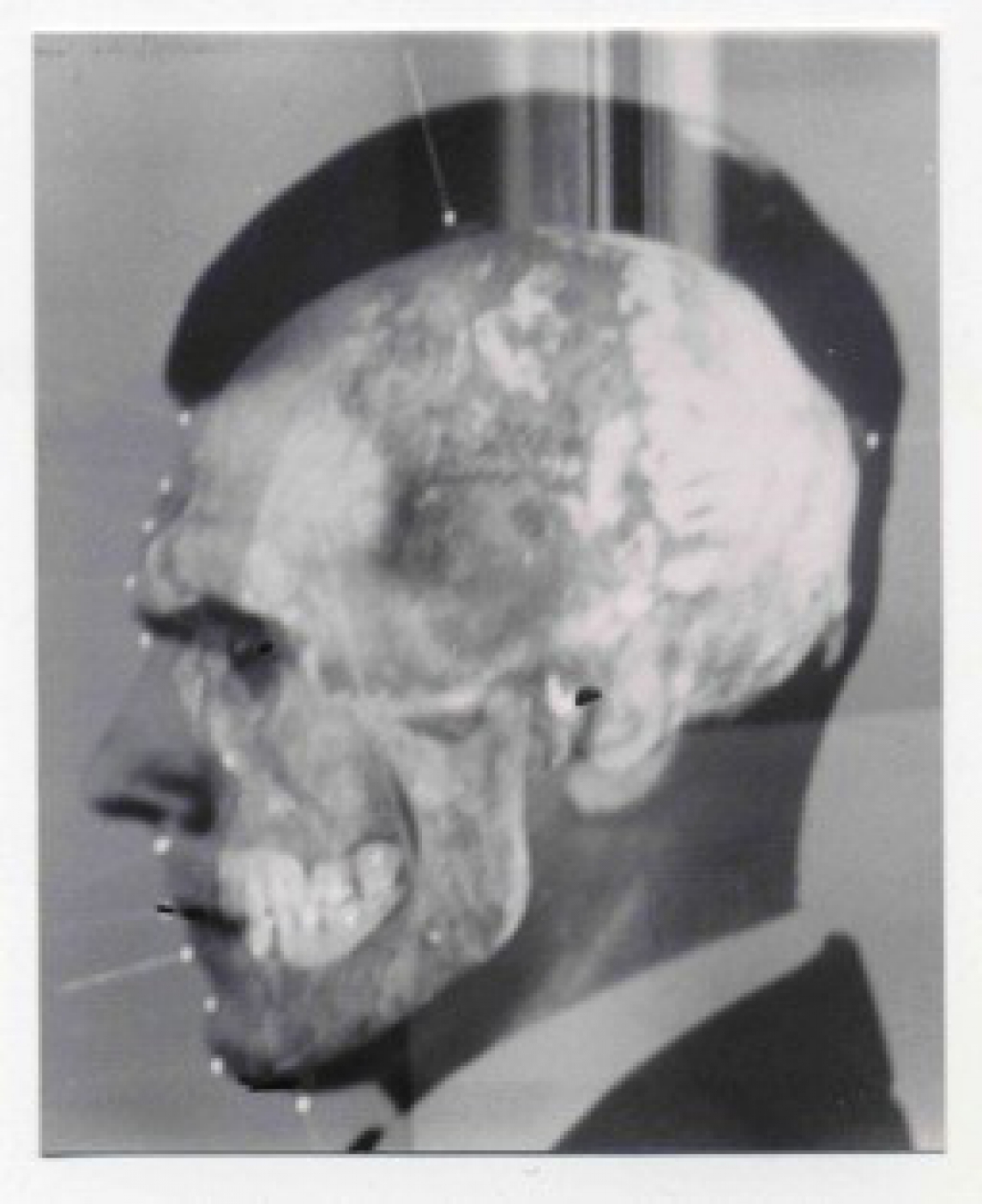
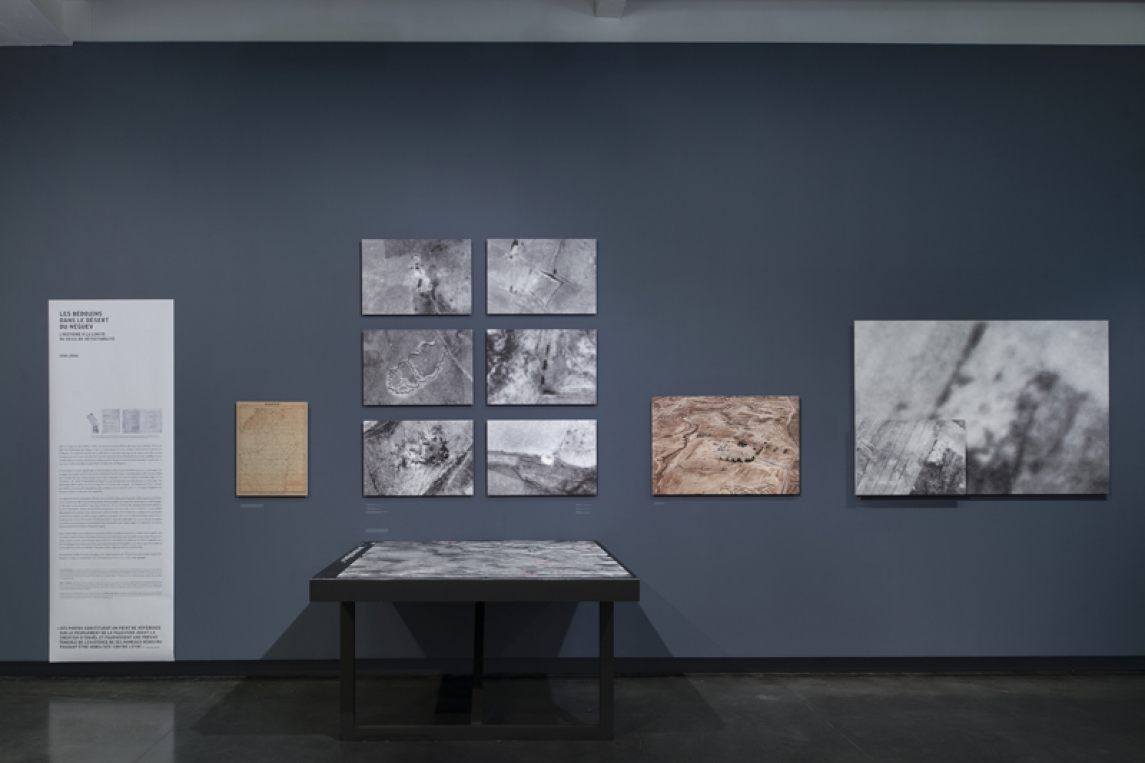
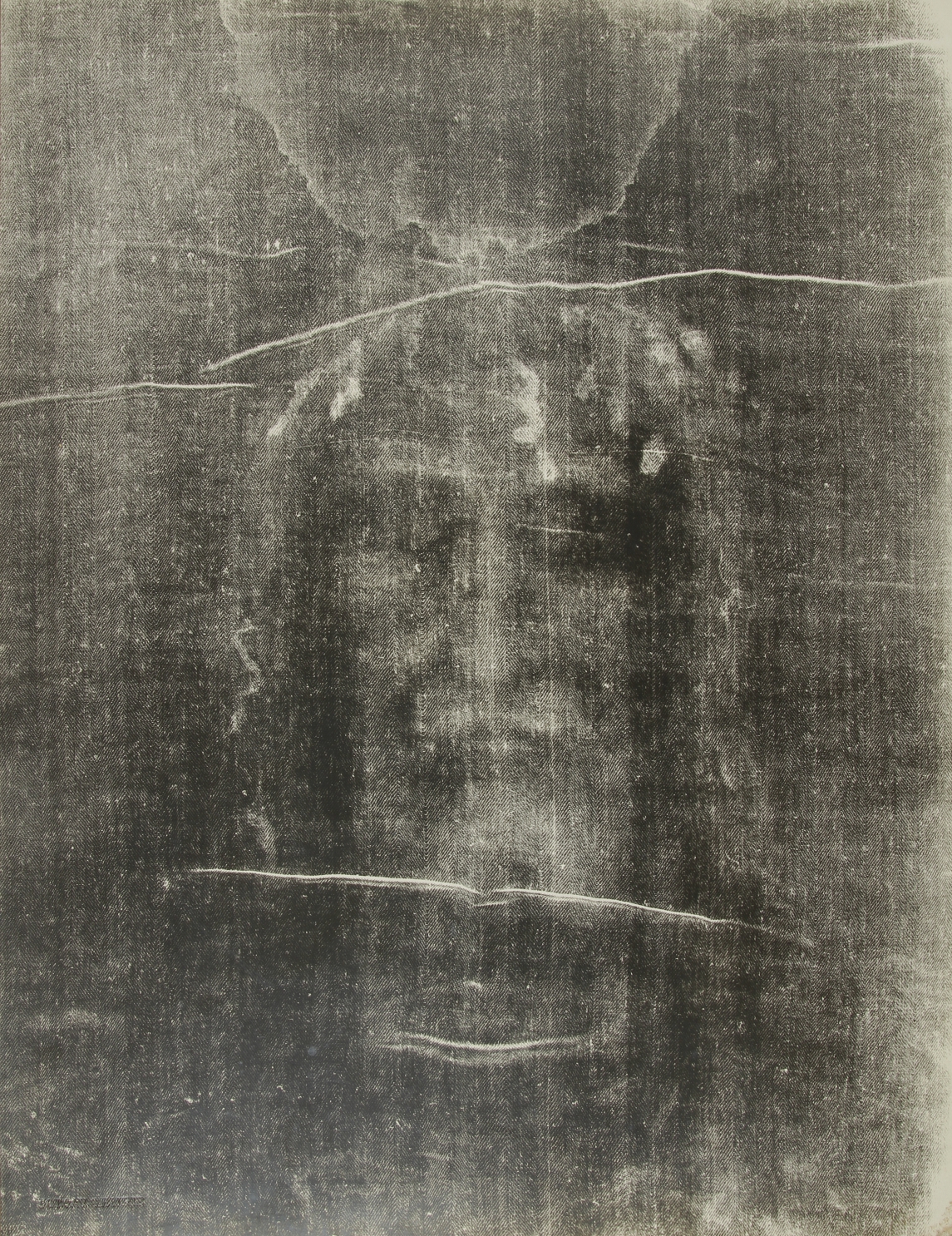
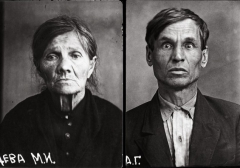
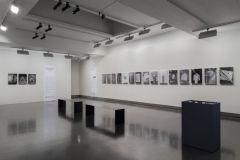
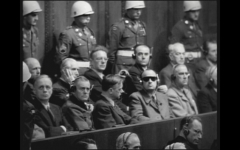
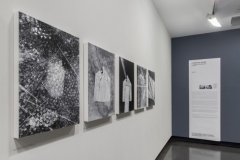
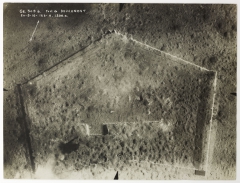
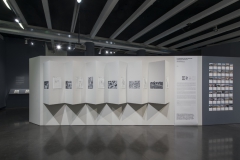
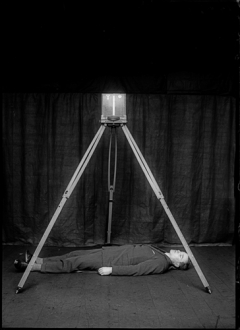
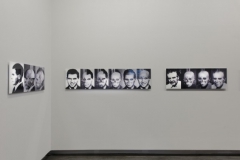
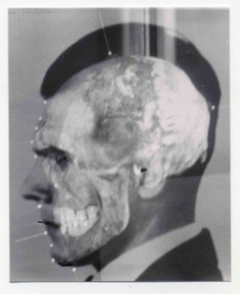
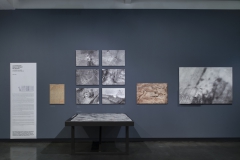
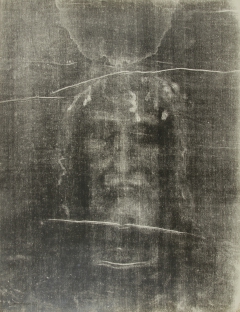
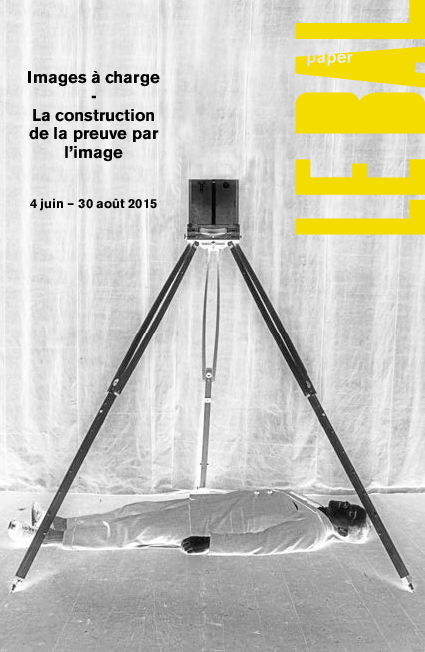 LE BAL PAPER
LE BAL PAPER
